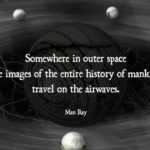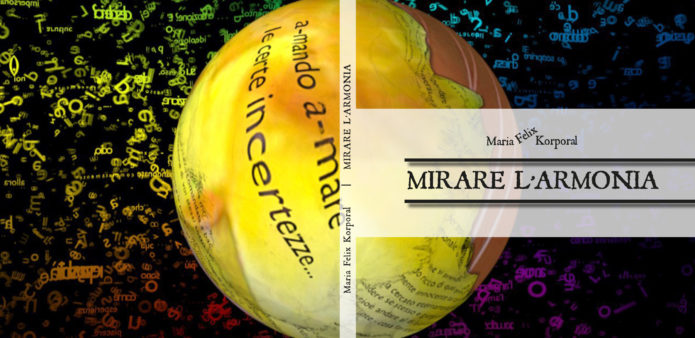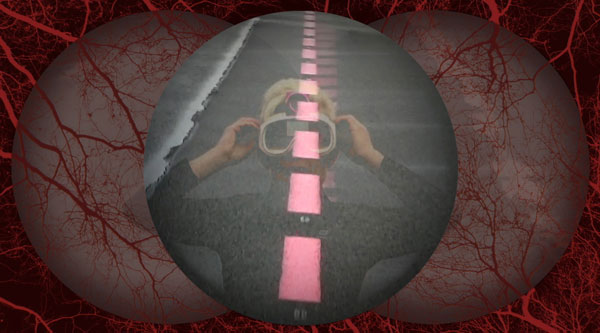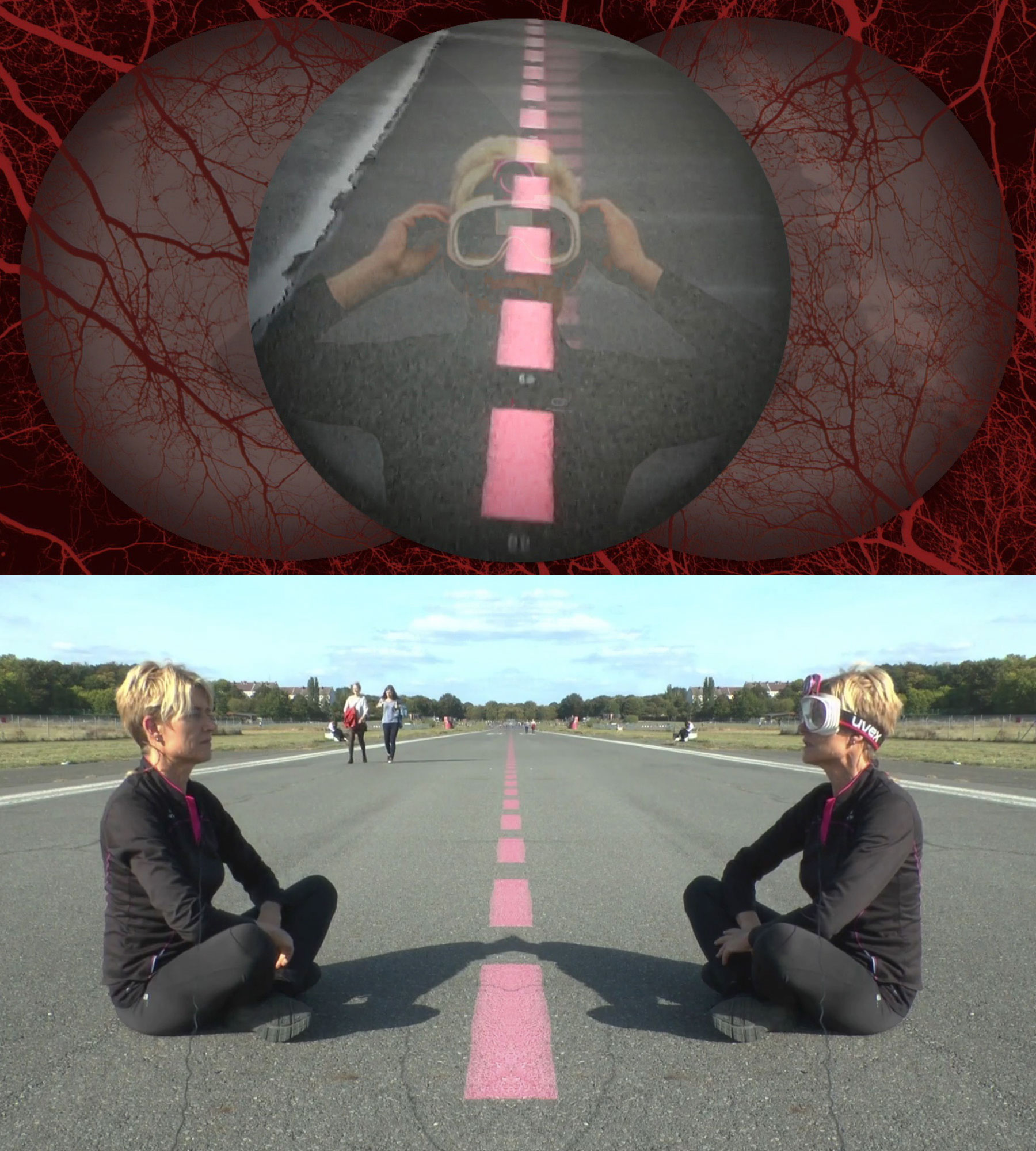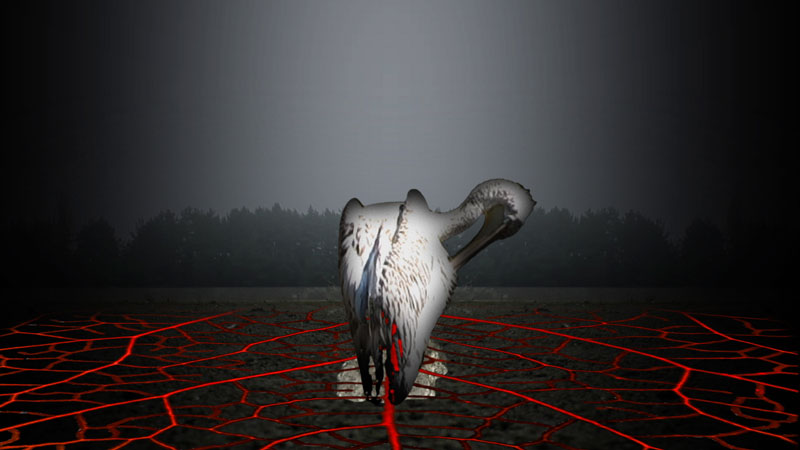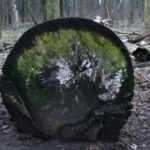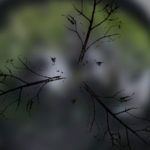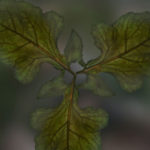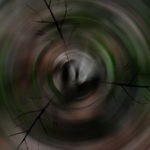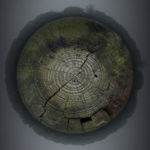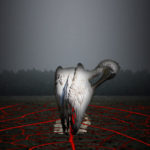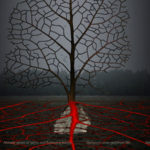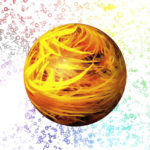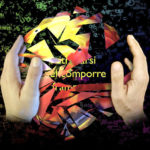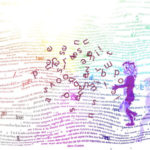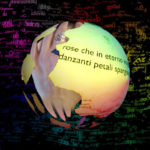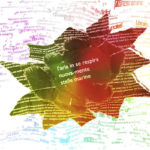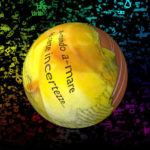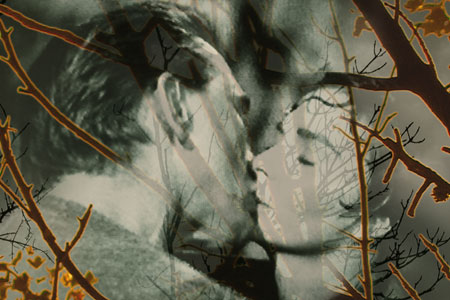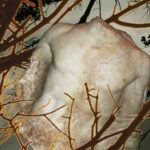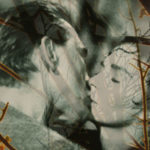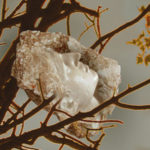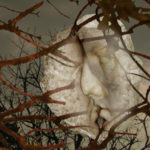In this video, the artist acts with what she calls her “third eye”: a small video camera attached to her forehead. On the runway of the historical airport Tempelhof in Berlin she takes off and flies into outer space. We see what she sees through her third eye, as she reaches the area of which Man Ray spoke about in his “Pepys Diary” (1959): “Somewhere in outer space the images of the entire history of mankind travel on the airwaves”.
The video was screened in many festivals and exhibitions.
Recent screenings:
• August 25 – September 29, 2019: Over the Real – The Selection, X Biennale d’Arte di Soncino, DAV – Dipartimento di Arti Visive di Soresina.
• September 28-29, 2019: Video Program “Interrupted” at the New Mills Festival, High Peak, Derbyshire, UK.
• October 23, 2019: CONNECT 2019, International Video Arts Festival, curated by Dee Hood, University of Tampa, 401 West Kennedy BLVD, USA.
• November 22, 2019: CONNECT 2019, International Video Arts Festival, curated by Dee Hood, In Absentia Digital Pavilion – Cineporto Foggia, Italy.
title: Third Eye Flying
technique: Experimental video and animation
length: 4’54”
year: 2014
music: “The Geometry of Time” by Michael J. Stewart
camera: Maria Korporal, Astrid Astra Indricane
all other art work, concept, acting, effects and montage: Maria Korporal
-
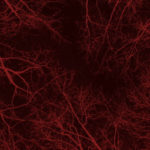
-
Third Eye Flying © Maria Korporal
-
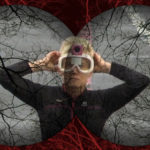
-
Third Eye Flying © Maria Korporal
-
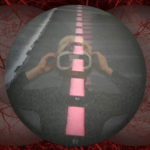
-
Third Eye Flying © Maria Korporal
-
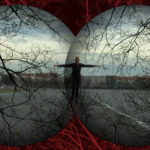
-
Third Eye Flying © Maria Korporal
-
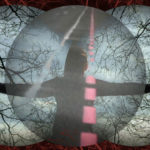
-
Third Eye Flying © Maria Korporal
-

-
Third Eye Flying © Maria Korporal
-
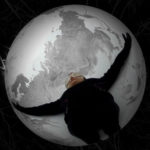
-
Third Eye Flying © Maria Korporal
-
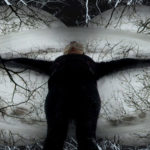
-
Third Eye Flying © Maria Korporal
-
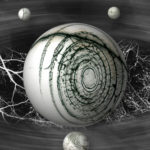
-
Third Eye Flying © Maria Korporal
-

-
Third Eye Flying © Maria Korporal
-
